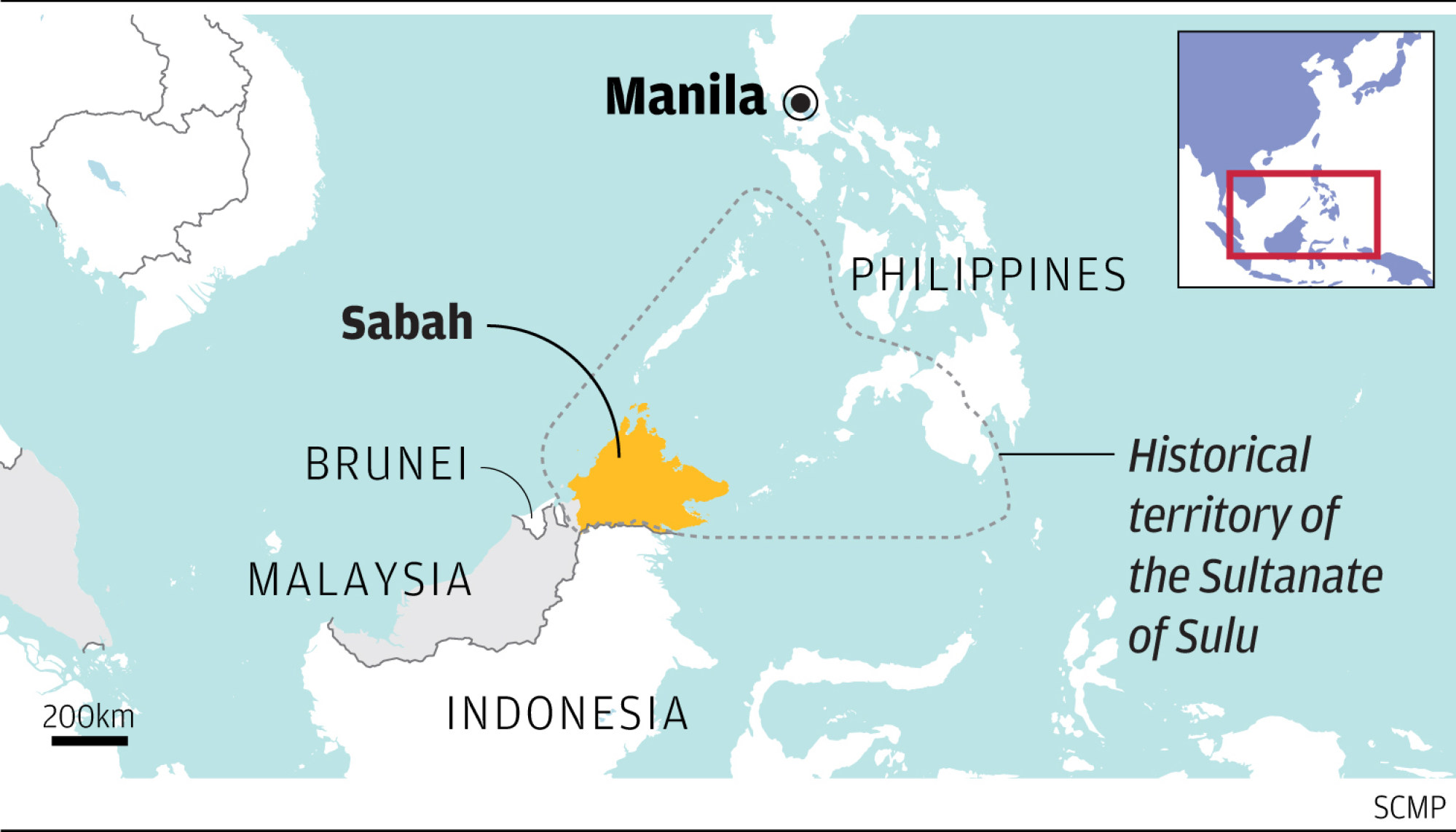
South China Sea: between US-China tensions and Asean disputes, a code of conduct remains out of reach
- For code negotiations to succeed, the US must refrain from interfering behind the scenes, while Asean members must commit to resisting China’s influence. However, this all looks unlikely
So, what are the sticking points and where are these negotiations likely to lead?
The hope is that a robust and binding code of conduct will reinforce the fundamentals and mitigate, even prevent, the breaches. But negotiations have been stymied by a tangled nesting of security dilemmas.

The next level of the security dilemma revolves around China and the Southeast Asian claimants. They want China to relinquish, or at least not enforce, its historic claim. But China wants its claim recognised in some fashion, perhaps at least by having a share of the resources in the Southeast Asian claimants’ exclusive economic zones.
Implementing the DOC would also mean avoiding any activity that could complicate or escalate disputes. But all parties repeatedly violate this provision and blame each other for doing so.

The question is whether this political Gordian knot can be peacefully untangled. First there must be agreement to separate out the territorial disputes to focus on the jurisdictional disputes.
Vietnam and China – with Asean’s help – must agree to exclude their essentially bilateral dispute over the Paracels from the scope of the code of conduct – perhaps by using ambiguous language on its geographic scope.
The US and other outside powers must refrain from interfering behind the scenes, and Asean members must commit to resisting the influence of China vis-à-vis US interests. Then the five Asean claimants can reach agreement on the code of conduct’s language. Through negotiations with the other Asean five, a unified proposal would emerge and then Asean as a whole can negotiate with China.
South China Sea: can code of conduct talks secure a new maritime order?
This probably will not happen, however. Vietnam is unlikely to surrender its Asean leverage over China. And China would rather deal with Asean as a whole.
Asean and the region must face the reality that agreement on a robust code of conduct is unlikely. The debate is then likely to turn to whether a loose and flexible code is better than none at all. A loose code has the advantages of flexibility, preservation of sovereignty and providing a foundation for law. It could be a testing ground for what works. But a loose code would also lack legitimacy, legal certainty and enforcement mechanisms.
Some argue that a soft code is better than none. Others say a soft code is worse because it will legitimise and enhance China’s diplomacy and role in Southeast Asia. Negotiations over the code are likely to languish while the debates continue.
Mark J. Valencia is an adjunct senior scholar at the National Institute for South China Sea Studies, Haikou, China. This is an edited version of a speech to the Symposium on Global Maritime Cooperation and Ocean Governance on November 4


